Tensile architecture offers a multitude of benefits, particularly in the construction of pavilions. Known for their lightweight, visually striking, and easily removable structures, pavilions often require these characteristics, making tensile architecture the ideal choice for such projects.
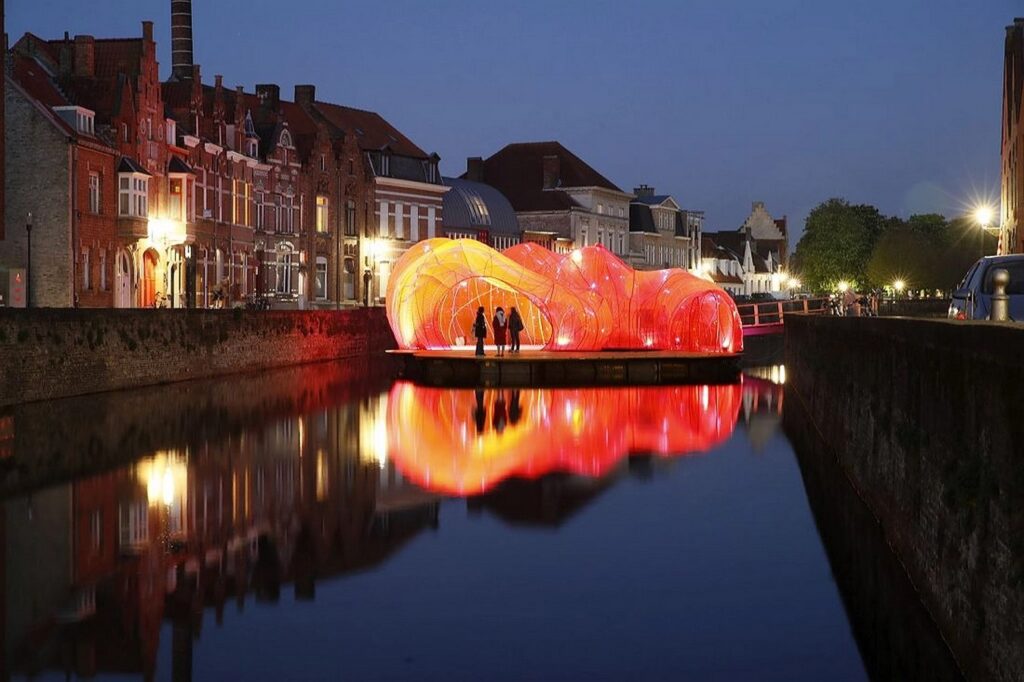
Advantages of Tensile Architecture for Pavilions
The perks of utilizing tensile architecture for pavilions include:
- Lightweight Construction: Tensile structures are inherently lightweight, making them easy to transport, assemble, and dismantle, which is essential for temporary pavilions.
- Visual Appeal: The sleek and modern aesthetic of tensile structures adds visual interest to pavilions, making them stand out in any environment.
- Removability: Tensile pavilions can be easily removed or relocated as needed, providing flexibility for various events and occasions.
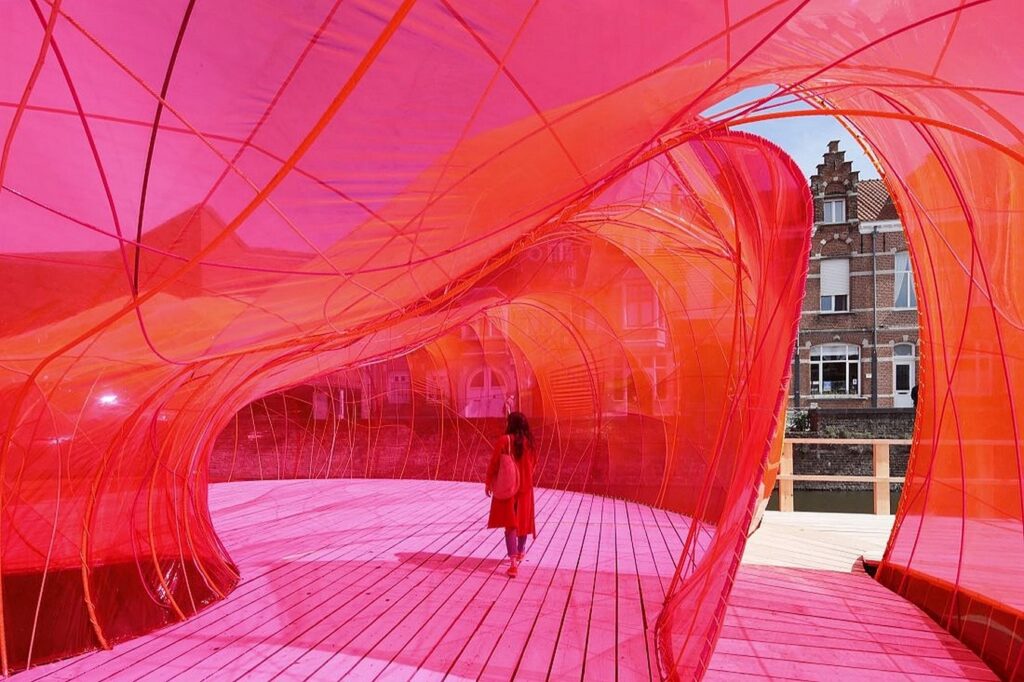
Types of Tensile Pavilions
Pavilions constructed using tensile architecture can take various forms, including:
- Single Layer: Simple yet elegant structures with a single layer of tensile material.
- Multiple Layers: Complex pavilions with multiple layers for added dimension and visual impact.
- Inflatable: Pavilions that utilize inflatable elements for quick setup and takedown.
- Cable Nets: Tensile structures supported by cable nets for a lightweight and airy design.
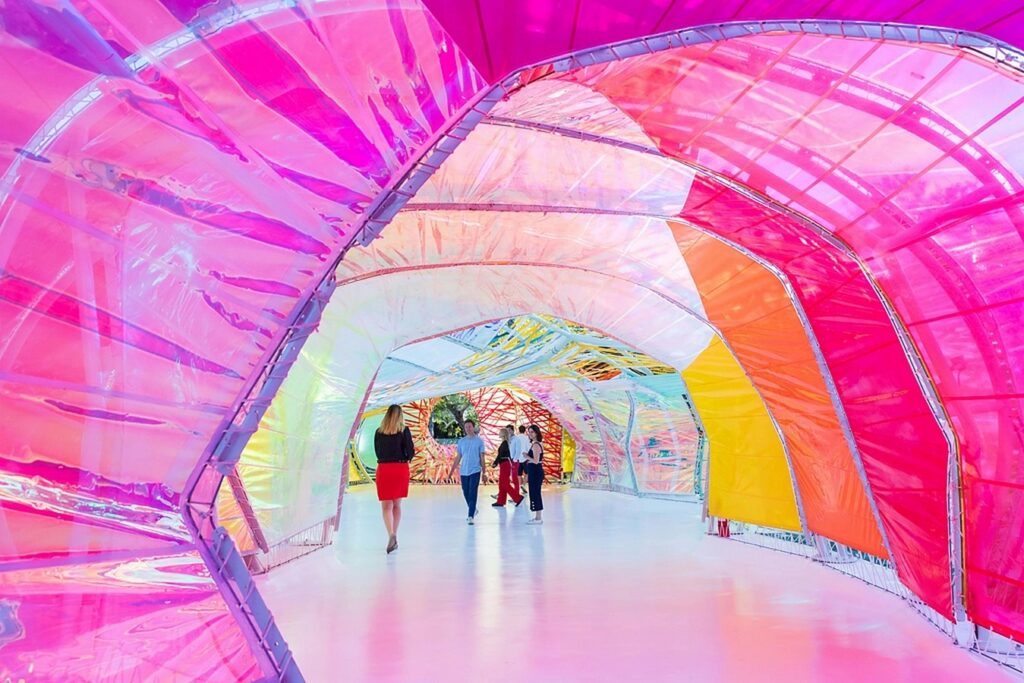
Notable Pavilions by Lastra y Zorrilla
Here are some noteworthy pavilions designed and constructed by Lastra y Zorrilla:
- Second Dome, London, UK
- Architects: DOSIS
- Kenzo Pipeline, Paris, France
- Architects: DOSIS
- Cognac Pavilion, Spain
- Architects: Selgascano
- SelgasCano’s 2019 Serpentine Gallery Pavilion, London
- Architects: Selgascano
- Brugge Triennale’s Liquid City Pavilion
- Architects: Selgascano
- Thirst Pavilion, Spain
- Architects: Enric Ruiz Geli, CLOUD9
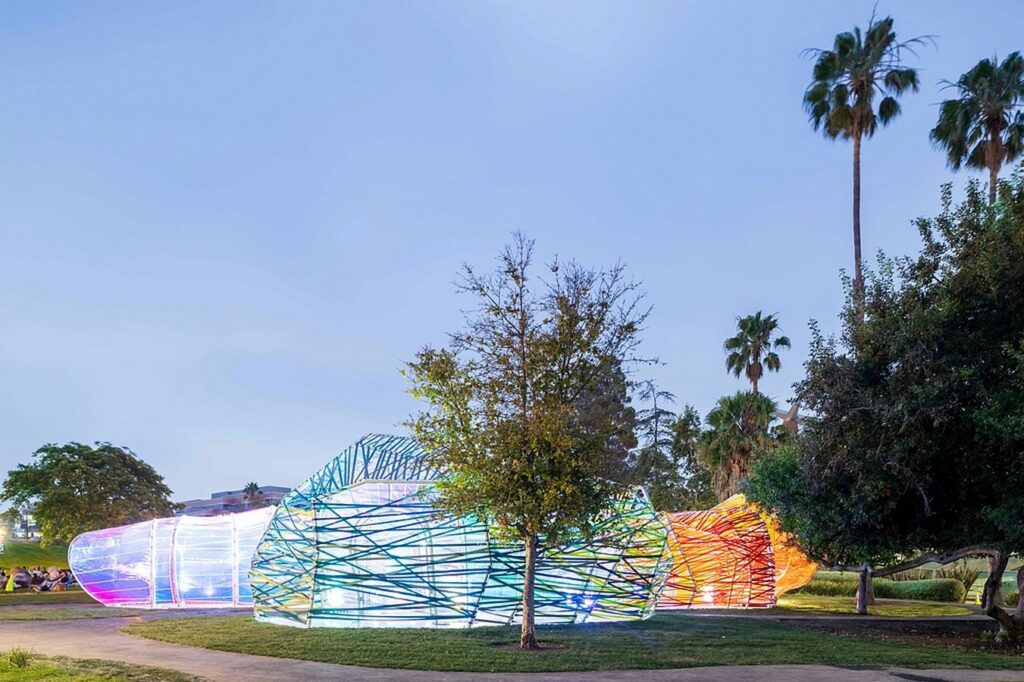
Application in Construction
Tensile pavilions find applications both in exterior/outdoor and interior settings, offering versatility for various events, exhibitions, and gatherings. Their adaptable nature makes them suitable for a wide range of construction projects, where lightweight, visually striking structures are desired.


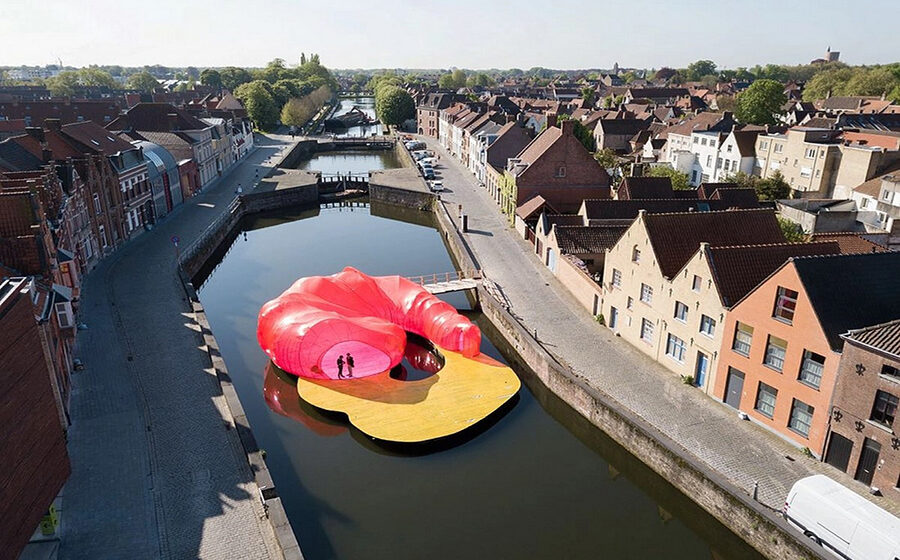






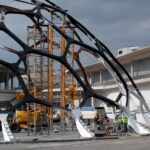
Leave a Reply